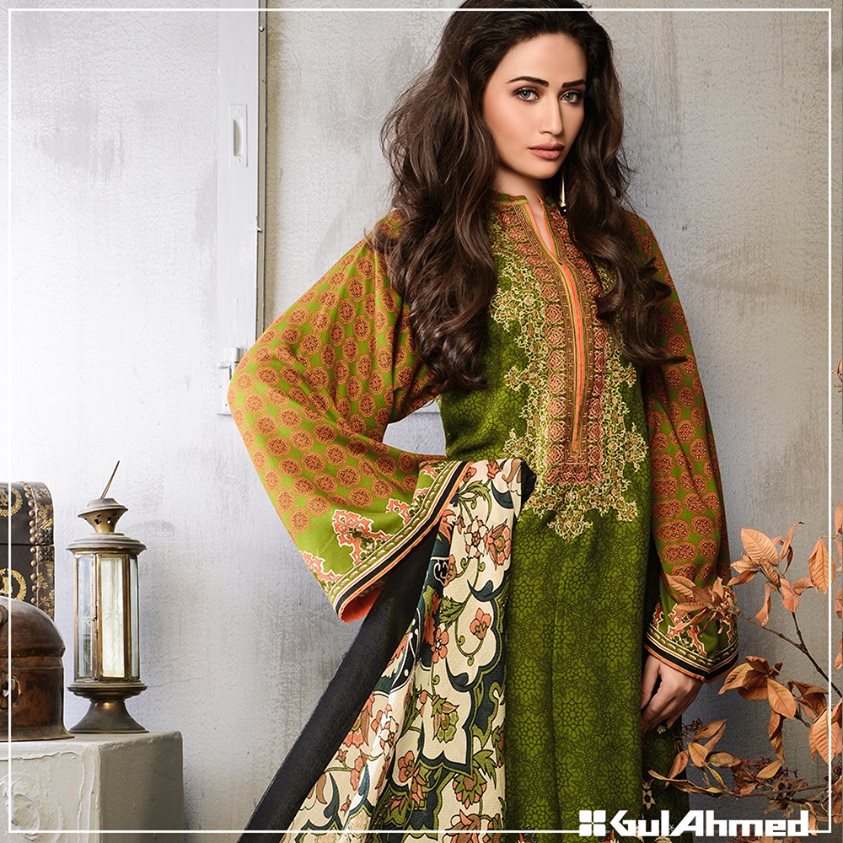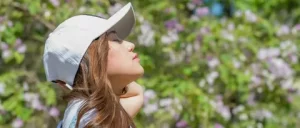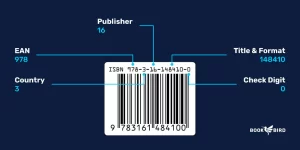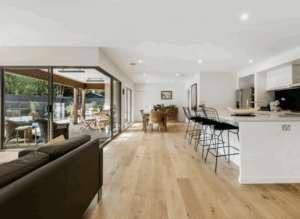Introduction
Fashion is an essential part of life in Pakistan, where cultural heritage, religious beliefs, and modern trends merge to create a diverse and vibrant fashion landscape. Pakistani women have a unique and versatile wardrobe that reflects a blend of tradition and contemporary styles. From intricately embroidered bridal dresses to chic casual wear, the country’s fashion industry offers a wide variety of clothing options for every occasion.
This article delves into the various types of women’s clothing in Pakistan, highlighting traditional attire, modern fashion trends, and regional variations.
Traditional Pakistani Women’s Clothing
Pakistani women’s traditional clothing is characterized by elegant and modest designs that vary across regions. Below are some of the most popular traditional outfits:
1. Shalwar Kameez
The shalwar kameez is the national dress of Pakistan and a staple in every woman’s wardrobe. It consists of a long tunic (kameez) paired with loose-fitting trousers (shalwar). The outfit is often accompanied by a dupatta, a long scarf draped over the shoulders.
Variations:
- Straight-Cut Kameez: A timeless design with a straight silhouette.
- A-Line Kameez: Flared at the bottom, ideal for formal occasions.
- Embroidered Shalwar Kameez: Adorned with intricate handwork, perfect for weddings and festive events.
2. Saree
The saree is a graceful and elegant six to nine-yard fabric draped around the body. Although not native to Pakistan, it is widely worn during formal events, especially in urban areas.
Fabric Choices:
- Banarsi
- Chiffon
- Silk
- Organza
3. Lehenga Choli
A traditional outfit for weddings and festive occasions, the lehenga choli comprises a long, pleated skirt (lehenga) paired with a fitted blouse (choli) and a dupatta.
4. Angrakha
An ancient outfit with Mughal influences, the angrakha features overlapping panels tied with straps. This elegant attire is often paired with churidar pajamas and heavily embellished for formal events.
5. Anarkali Suits
Anarkali suits are characterized by their long, flowing frocks that flare out at the bottom. These suits are inspired by the Mughal era and are highly popular for weddings and traditional gatherings.
Regional Variations
Pakistan’s diverse culture is reflected in the regional variations of women’s clothing:
1. Punjab
Women in Punjab often wear brightly colored shalwar kameez adorned with phulkari embroidery. Traditional accessories like parandas (hair ornaments) and jhumkas (earrings) complete the look.
2. Sindh
Sindhi women are known for their vibrant and mirror-embellished dresses called Sindhi ajrak and traditional cholis paired with ghagras. Ajrak shawls, with their distinctive block prints, are a hallmark of Sindh.
3. Balochistan
Balochi dresses are known for their heavy embroidery and vibrant colors. Women wear long dresses with intricate needlework and wide sleeves, paired with loose-fitting shalwars.
4. Khyber Pakhtunkhwa (KPK)
The traditional attire in KPK includes shalwar kameez with minimal embellishments and shawls for added modesty. Pashtun women often wear outfits adorned with beautiful embroidery and silver jewelry.
5. Gilgit-Baltistan
Women in Gilgit-Baltistan wear woolen dresses due to the cold climate. Their traditional clothing includes embroidered gowns and long coats paired with colorful headscarves.
Modern Fashion Trends
In recent years, the Pakistani fashion industry has seen a significant shift toward modern and fusion wear. Here are some contemporary trends:
1. Pret Wear
Ready-to-wear collections by top designers have gained immense popularity due to their convenience and stylish designs. Pret wear is available in various styles, from casual to semi-formal outfits.
2. Western Wear
With increasing global influence, many Pakistani women have embraced Western clothing such as jeans, tops, skirts, and blazers for casual and office wear.
3. Fusion Wear
Fusion wear combines traditional and modern elements, such as pairing a short kameez with trousers or wearing a saree with a crop top.
4. Digital Prints
Digital prints have revolutionized the fashion industry by offering vibrant and unique patterns on fabrics like lawn, chiffon, and silk.
5. Luxury Lawn
The lawn fabric is synonymous with Pakistani summer fashion. Designers have elevated this simple fabric by introducing luxury lawn collections with intricate embroideries and embellishments.
Fabric Choices
The choice of fabric plays a crucial role in Pakistani women’s clothing. Below are some commonly used fabrics:
- Lawn: Lightweight and breathable, ideal for summer.
- Cotton: Versatile and comfortable for casual wear.
- Silk: Luxurious and perfect for formal occasions.
- Chiffon: Lightweight and sheer, often used for dupattas and sarees.
- Velvet: Popular for winter wear and formal outfits.
- Organza: Known for its elegant and structured look.
Bridal Wear in Pakistan
Weddings in Pakistan are grand affairs, and bridal wear plays a pivotal role. The bridal attire is often elaborately designed with heavy embellishments and intricate embroidery.
1. Red Bridal Lehenga
Red is a traditional color for Pakistani brides. The lehenga is often heavily embellished with zari, sequins, and beads.
2. Pastel Tones
Pastel-colored bridal dresses have become increasingly popular for nikkah and walima events.
3. Designer Bridal Dresses
Top designers like HSY, Nomi Ansari, and Elan offer exclusive bridal collections that are the epitome of luxury and elegance.
Accessories and Jewelry
No Pakistani outfit is complete without the right accessories and jewelry:
- Dupatta: Adds elegance and modesty to the attire.
- Jhumkas: Traditional earrings that enhance the overall look.
- Bangles: A must-have accessory for festive occasions.
- Matha Patti and Tikka: Essential for bridal wear.
- Clutches: Stylish and practical accessories.
Seasonal Trends
Pakistani fashion is influenced by seasonal changes:
1. Summer Fashion
Light and breathable fabrics like lawn and cotton are preferred during the scorching summer months. Pastel shades and floral prints dominate this season.
2. Winter Fashion
Velvet, wool, and thick fabrics are popular during winter. Dark hues and heavy embroidery are common choices for formal events.
Pakistani Fashion Designers
Several designers have made a mark in the fashion industry, both locally and internationally:
- HSY: Known for his luxurious bridal and formal wear.
- Maria B: Famous for her elegant pret, bridal, and formal collections.
- Sana Safinaz: A pioneer in luxury lawn and chic formal wear.
- Elan: Renowned for its exquisite bridal and couture collections.
- Khaadi: A household name for traditional and contemporary wear.
Online Shopping and Fashion Retail
With the rise of e-commerce, online shopping has become increasingly popular among Pakistani women. Several brands offer online services, making it convenient to browse and purchase clothes from the comfort of one’s home.
Popular online platforms include:
- Khaadi
- Gul Ahmed
- Alkaram Studio
- Sana Safinaz
- Daraz
Conclusion
Women’s clothing in Pakistan is a beautiful amalgamation of tradition, modernity, and regional diversity. The fashion industry continues to evolve, offering endless possibilities for women to express their style and personality. Whether it’s a traditional shalwar kameez or a chic Western outfit, Pakistani women have a wide array of options to choose from for every occasion and season.





